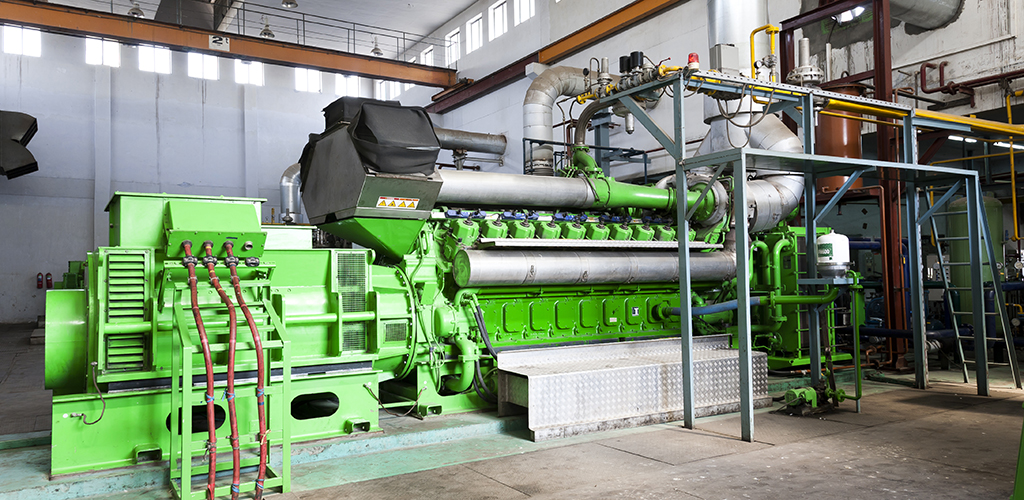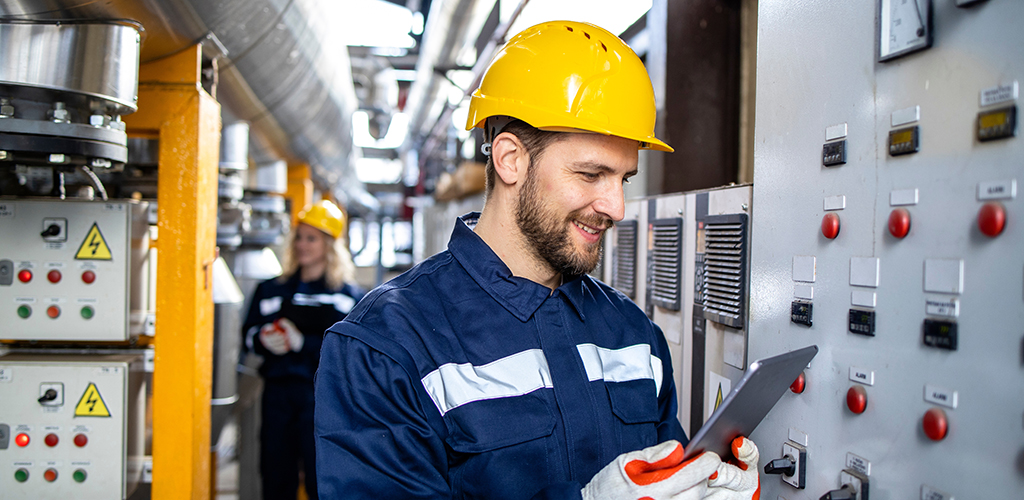Diesel generators are useful appliances that supply electrical power during a power outage and prevent down time or disruption of business operations.
Some power outages, such as power failures from national grids, are not predictable. To avoid being caught unaware or left without power in an emergency, many businesses choose to invest in a backup generator. They are often relied on during power cuts, brownouts, or any other interruption to mains power.
How Does a Diesel Generator Work?
To understand how a diesel generator produces electricity, it’s important to understand how a diesel generator works. A diesel generator creates electricity through a careful process that involves several key components working smoothly together. Diesel fuel is injected into the diesel engine, igniting it by compression and producing mechanical energy. This mechanical energy is then transferred to the electric generator, which converts it into electrical energy. The voltage regulator ensures that the voltage produced by the generator remains stable and consistent. The exhaust system efficiently removes waste gases from the combustion process, while the fuel tank and piping system ensure a steady supply of diesel fuel to the engine. The control panel monitors and manages the entire process, ensuring optimal performance and safety. In summary, a diesel generator converts the chemical energy stored in diesel fuel into electrical energy, providing a reliable power source for various applications.
A diesel generators’ ability to provide standby power when the local electricity lines are down is an essential lifeline for many businesses. Find out more about how a generator works.
The Generator Parts That Generate Electricity

Every diesel generator is made up of nine different, but equally important, generator parts. Each of these is essential for the generator to run smoothly and to the best of its ability. The diesel generator parts include:
Generator engine
The generator engine is the source of mechanical energy that produces electrical power. The larger the power of the engine, the more electrical output you are able to produce.
Alternator
This is the part of the generator that turns the mechanical energy into electrical power through induction. The alternator contains both moving and stationary parts that work together to create the movement that generates electricity.
Generator fuel system
A generator fuel system makes it possible for the generator to produce the energy needed, where the diesel can be supplied directly to the engine. The size of the fuel tank ultimately dictates how long a generator can remain active for.
Voltage regulator
The voltage regulator ensures that the generator produces electricity at a consistently steady voltage, preventing huge fluctuations of power that can dictate how fast the engine is working.
Cooling and exhaust systems
The cooling system works to help prevent your generator from overheating, countering all the additional heat energy produced by the engine and alternator. The coolant then takes all this heat through a heat exchanger and gets rid of it outside the generator. The exhaust system takes any gases produced by the diesel engine, brings them through a piping system, and exhausts them away from the generator.
Lubrication system
This component of the generator is attached to the engine and pumps oil through it to ensure all the parts work smoothly and don’t grind against one another during the production of electrical power.
Generator battery charger
The battery charger is a fully automatic generator component that ensures the battery is ready to go when needed. It keeps the battery full of charge, either by an external source of the generator itself, supplying the generator with a constant low-level of voltage for producing output.
Control Panel
The generator control system and control panel manage every aspect of generator operation from startup and running speed to outputs. This is the main area where the generator is controlled and operated.
Main assembly frame
The main assembly frame houses the generator and is where all the different parts are contained. It ensures that all the electrical components are safely grounded, . Many outdoor generators are typically housed in a protective frame that is weatherproof to prevent any potential damage from the elements.
How Much Electricity Does a Diesel Generator Produce?
How much electricity a diesel generator can produce depends on its size, capacity, and specifications. Diesel generators come in a range of power outputs, from small portable units to large industrial generators capable of supplying electricity to entire buildings or facilities. The power output of a diesel generator is typically measured in kilowatts (kW) or megawatts (MW). It’s essential to select a diesel generator with a power output that matches the electricity demand of the intended application to ensure reliable and efficient operation.
What Maintenance Does a Generator Need?

Generator maintenance is incredibly important, as it always guarantees that the machine is operating properly and can be relied on when needed, often at a moment’s notice during an outage. Generators can last for decades when properly maintained, so the investment of a decent generator service is extremely beneficial in the long run.
Here at Vital Power, we provide our clients with exceptional generator maintenance contracts that are available across the UK, accessible 24/7 and tailored to individual customer needs. With our team, you don’t need to worry about whether your diesel generator breaks down, day or night, as we can provide you with a diesel generator repair service at any time of the day, 365 days a year.








